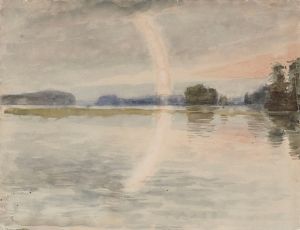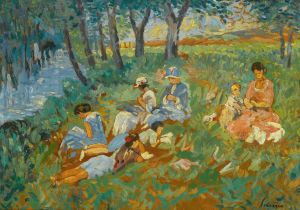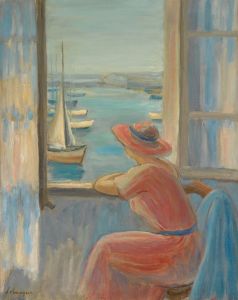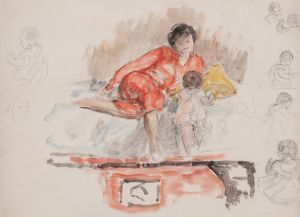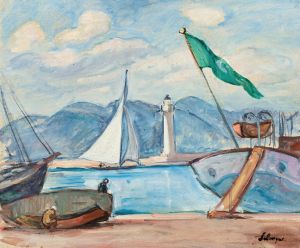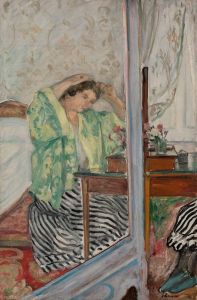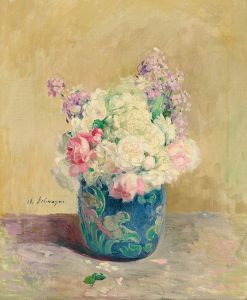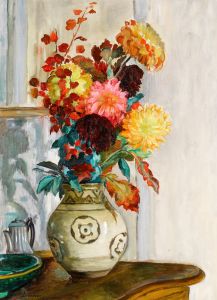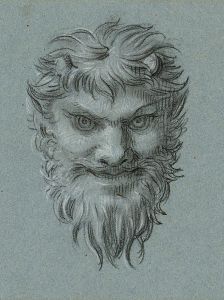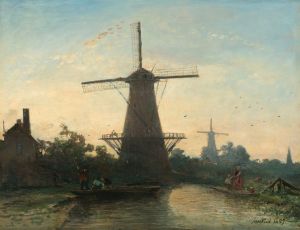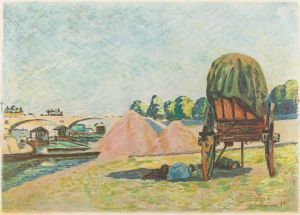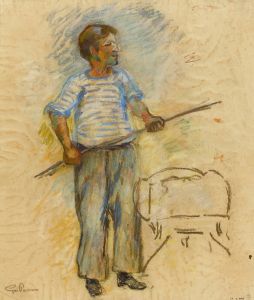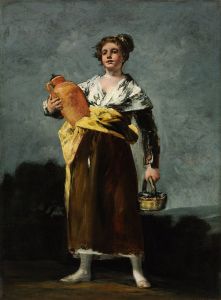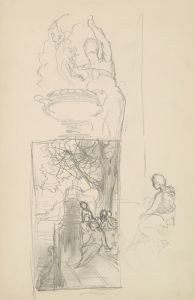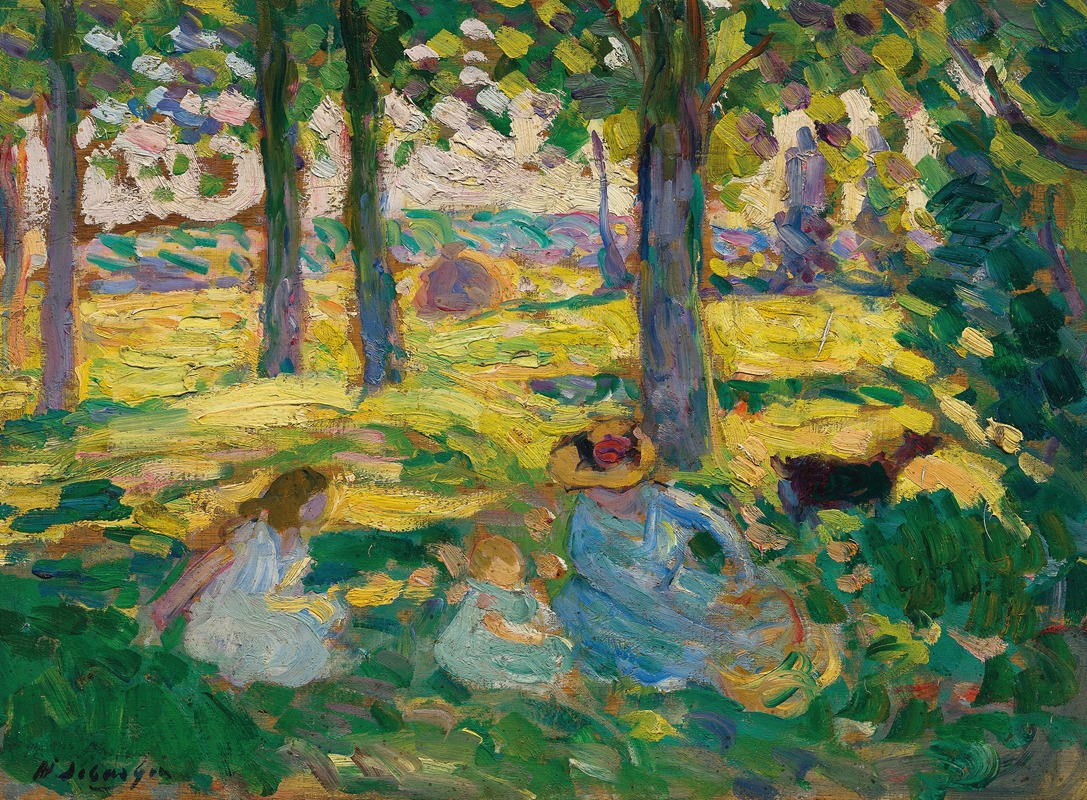
Montévrain, la partie de campagne
A hand-painted replica of Henri Lebasque’s masterpiece Montévrain, la partie de campagne, meticulously crafted by professional artists to capture the true essence of the original. Each piece is created with museum-quality canvas and rare mineral pigments, carefully painted by experienced artists with delicate brushstrokes and rich, layered colors to perfectly recreate the texture of the original artwork. Unlike machine-printed reproductions, this hand-painted version brings the painting to life, infused with the artist’s emotions and skill in every stroke. Whether for personal collection or home decoration, it instantly elevates the artistic atmosphere of any space.
Henri Lebasque (1865-1937) was a French post-impressionist painter known for his vibrant use of color and light. One of his notable works is "Montévrain, la partie de campagne," which translates to "Montévrain, the Countryside Party." This painting exemplifies Lebasque's characteristic style, which often depicted leisurely scenes of domestic life and landscapes imbued with a sense of tranquility and joy.
Lebasque was born in Champigné, France, and studied at the École des Beaux-Arts in Angers before moving to Paris in 1886. In Paris, he worked as an assistant to Ferdinand Humbert and became acquainted with prominent artists such as Camille Pissarro and Georges Seurat. These interactions influenced his early work, which initially showed the impact of Impressionism and Pointillism.
"Montévrain, la partie de campagne" was created during a period when Lebasque had moved away from the strict techniques of Pointillism and embraced a more fluid and expressive approach to painting. This shift allowed him to capture the essence of light and atmosphere more effectively. The painting depicts a serene countryside scene in Montévrain, a commune in the Seine-et-Marne department in the Île-de-France region in north-central France.
The composition of "Montévrain, la partie de campagne" is characterized by its harmonious balance and the use of soft, pastel colors. Lebasque's brushwork is loose and free, contributing to the overall sense of ease and relaxation that the scene conveys. The painting features a group of people enjoying a leisurely day in the countryside, a common theme in Lebasque's work that reflects his interest in capturing moments of everyday life.
Lebasque's use of light in this painting is particularly noteworthy. He skillfully manipulates light and shadow to create a sense of depth and dimension, enhancing the natural beauty of the landscape. The dappled sunlight filtering through the trees and the gentle reflections on the water add to the idyllic quality of the scene.
Throughout his career, Lebasque was associated with the Fauves, a group of early 20th-century modern artists known for their bold use of color. However, his work remained distinct in its more subdued and harmonious palette compared to the intense colors favored by other Fauvist painters. This distinction is evident in "Montévrain, la partie de campagne," where the colors are vibrant yet soft, creating a pleasing and calming effect.
Lebasque's paintings, including "Montévrain, la partie de campagne," have been celebrated for their ability to evoke a sense of peace and contentment. His work offers a glimpse into the simple pleasures of life and the beauty of the natural world. Today, Henri Lebasque's paintings are held in high regard and can be found in numerous public and private collections around the world.
In summary, "Montévrain, la partie de campagne" is a quintessential example of Henri Lebasque's post-impressionist style. The painting captures a moment of leisure in the French countryside with a masterful use of light and color, reflecting the artist's dedication to portraying the serene and joyful aspects of everyday life.





